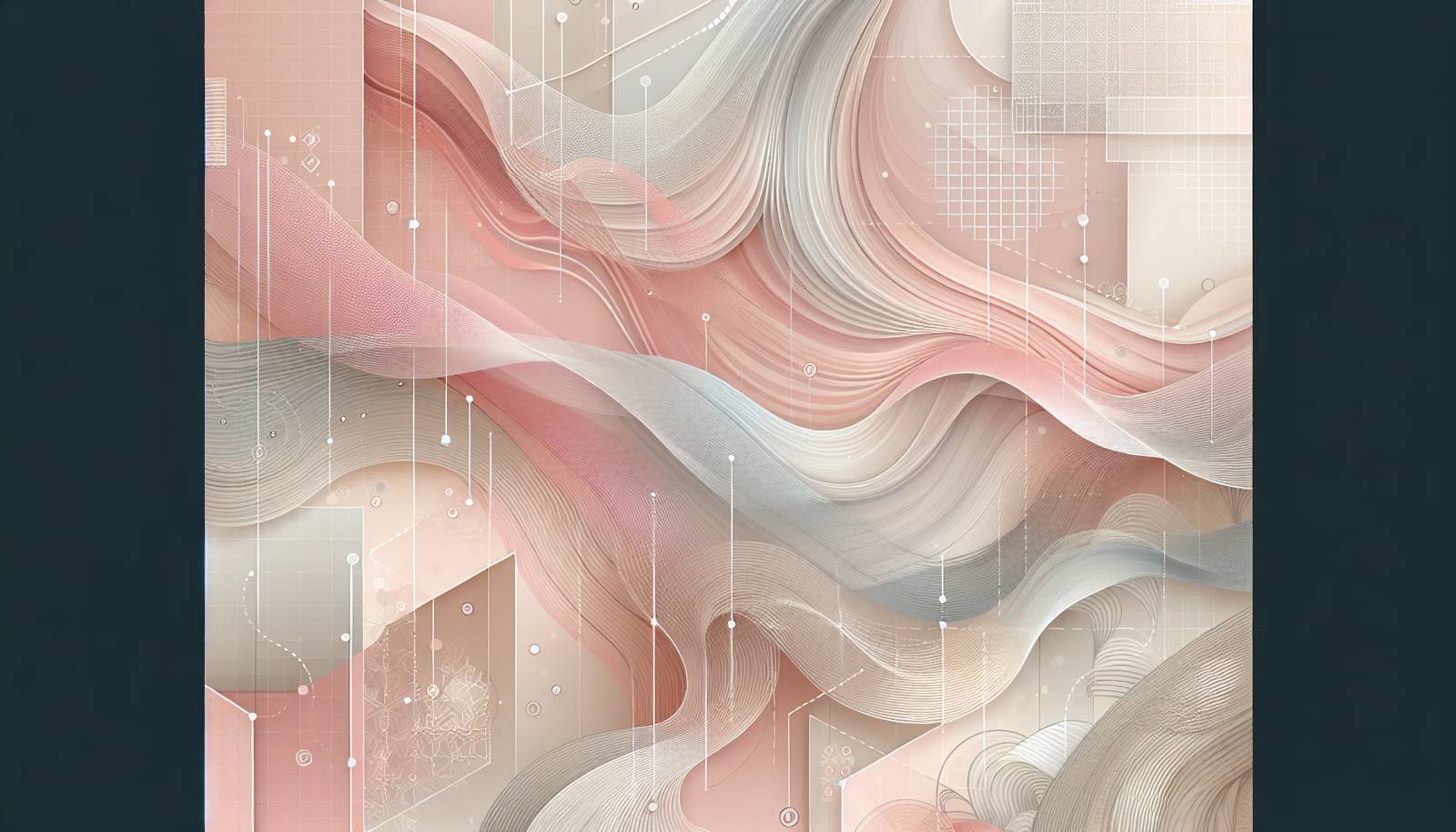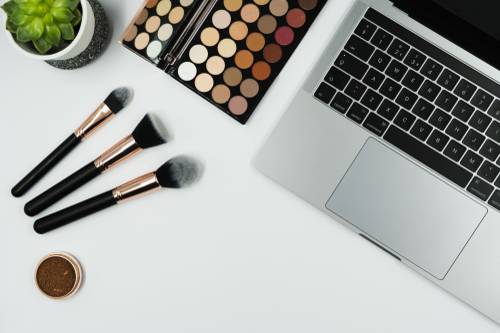
FAQ About The Role of Influencers in Shaping Beauty Standards

What is the role of social media influencers in shaping beauty standards?
Social media influencers play a significant role in shaping beauty standards by leveraging their large follower bases and platforms to showcase and endorse specific ideals of beauty. Through curated content, Instagram posts, TikTok videos, and YouTube tutorials, they set trends and popularize certain looks, makeup techniques, or products. This visualization of beauty impacts viewers’ perceptions, often creating new standards that followers seek to emulate.

How do influencers impact the cosmetics industry?
Influencers have a considerable impact on the cosmetics industry by driving product trends and sales. They often partner with beauty brands to create sponsored content, reviews or even collaborate on product lines. This exposure increases brand visibility and credibility, effectively reaching target audiences and boosting sales. Influencers can make a product go viral, significantly affecting the purchasing decisions of their followers.

Do influencers promote unrealistic beauty standards?
While influencers can promote diversity and inclusivity, some may also propagate unrealistic beauty standards by presenting heavily edited or filtered images. This can create pressure among followers to achieve those often unattainable aesthetics, impacting mental health and self-image negatively. The pressure to look flawless online has sparked a conversation about authenticity and body positivity in the digital age.

How has influencer culture changed beauty ideals over time?
Influencer culture has shifted beauty ideals from traditional, one-size-fits-all standards seen in mass media to more diverse and individualized concepts of beauty. By showcasing a variety of styles, skin tones, and body types, influencers have helped broaden and democratize beauty ideals, allowing people to see representation of themselves and embrace unique features.

Why are beauty brands increasingly collaborating with influencers?
Beauty brands collaborate with influencers to tap into their engaged audiences, gain authenticity, and generate organic buzz around their products. Influencers are seen as trusted voices by their followers, and their authentic endorsements can resonate more effectively than traditional advertising. Such collaborations can significantly boost sales, enhance brand image, and reach demographics that are harder to engage through traditional channels.

Are there any downsides to the influence of social media on beauty standards?
The influence of social media on beauty standards can lead to negative self-perception and dissatisfaction among individuals who feel they cannot meet the idealized images portrayed online. This can contribute to an increase in mental health issues such as anxiety, depression, and eating disorders. Moreover, it sometimes promotes consumerism by encouraging constant purchasing to keep up with fast-changing trends.

How do influencers promote body positivity?
Some influencers use their platforms to challenge traditional beauty norms by promoting body positivity and self-acceptance. They share personal stories, unedited photos, and diverse representations of beauty to challenge societal pressures. By doing so, they encourage followers to embrace their natural bodies, each uniqueness, and to prioritize mental health over achieving a specific look.

What is an example of an influencer most known for shaping beauty standards?
Kim Kardashian is one of the most influential figures in shaping modern beauty standards. Her looks, style, and beauty routines have significantly influenced popular trends globally. She has set trends for contours, "baking" makeup techniques, and even launched her own beauty line, which further solidified her impact on beauty standards.

How do influencers use makeup tutorials to influence beauty standards?
Influencers use makeup tutorials to demonstrate and promote specific beauty looks and techniques. These tutorials can dictate beauty trends by highlighting certain products or styles. They empower audiences with the skills and knowledge to replicate trending looks, thereby standardizing particular beauty practices.

Is there regulation on how influencers promote beauty products?
In many countries, influencers are subject to advertising regulations that require transparency, especially when promoting beauty products. The Federal Trade Commission (FTC) in the United States, for instance, mandates that influencers disclose their relationships with brands, typically by using hashtags like #ad or #sponsored. However, enforcement varies, and not all influencers comply consistently.

How do influencers address diversity in the beauty industry?
Influencers address diversity in the beauty industry by actively promoting products that cater to a wide range of skin tones and types, and by showcasing their own diverse backgrounds and experiences. Many influencers advocate for inclusivity and representation, and some partner with brands committed to these values, spotlighting products that celebrate diversity.

What tools do influencers use to enhance and edit their beauty content?
Influencers often use various photo editing apps like Adobe Photoshop, Facetune, and mobile editing tools along with filters available on Instagram and Snapchat. These tools enhance their images and videos, allowing for smooth skin, adjusted facial features, and overall polished aesthetics. While these edits can create visually appealing content, they may also perpetuate unrealistic beauty standards.

What are some common beauty trends popularized by influencers?
Common beauty trends popularized by influencers include contouring, highlighting, bold brows, and intricate eye makeup looks like cut creases or smokey eyes. Skin care routines such as using sheet masks or incorporating ingredients like hyaluronic acid have also gained traction. Additionally, trends like glass skin or no-makeup makeup owe their popularity to influencer promotion.

How do influencers choose which beauty products to promote?
Influencers often select beauty products based on personal preference, brand collaborations, and audience interest. Many prioritize brands that align with their values or resonate with their followers. They may receive products for free from brands (known as "PR packages") and choose to promote items they genuinely like, or sometimes they are paid for promoting certain products through sponsorship deals.

What is the impact of influencer-driven beauty standards on young people?
Influencer-driven beauty standards can significantly impact young people, who are highly susceptible to peer pressure and societal norms. Exposure to idealized beauty images can affect their self-esteem, body image, and mental health, often putting pressure on them to conform to these standards. It also shapes their consumer habits, influencing the products they choose to buy.

How can consumers critically assess beauty influencers’ content?
Consumers can critically assess beauty influencers' content by looking for transparent disclosures about partnerships, evaluating the realism and authenticity of the content, and considering whether the advice and products fit their personal needs and values. Being aware of editing techniques and understanding the influence of filters can also help consumers maintain a realistic view of the beauty industry.

What is the role of micro-influencers in shaping beauty standards?
Micro-influencers, who have smaller but highly engaged audiences, often exert a more relatable and personal influence compared to major influencers. Their content can seem more authentic and trustworthy because it might cater to niche interests or communities. This can lead to more meaningful interactions and impact on beauty standards within specific groups or subcultures.

How can influencers impact self-perception among their followers?
Influencers can impact self-perception by shaping what is considered desirable or attractive. Their curated portrayals of beauty can create aspiration yet simultaneously impose pressure on followers to achieve similar looks. Influencers who celebrate diversity and authenticity may positively influence self-esteem, while those who portray highly edited images might contribute to unrealistic expectations and dissatisfaction.

How do influencers address ethical considerations when promoting beauty standards?
Some influencers take ethical considerations seriously by advocating for honesty, transparency, and inclusivity in their content. They may choose to disclose affiliations with brands, avoid using heavy filters, or openly discuss the mental health implications of beauty standards. By promoting campaigns around self-love and body positivity, they aim to counteract the adverse effects of beauty pressure.

Can influencers help challenge traditional beauty narratives?
Yes, influencers can challenge traditional beauty narratives by showcasing diversity in beauty and promoting alternative aesthetics. By highlighting unique traits, cultural beauty practices, or unconventional styles, influencers can broaden what is perceived as beautiful and inspire followers to embrace their individuality rather than conform to mainstream ideals.
